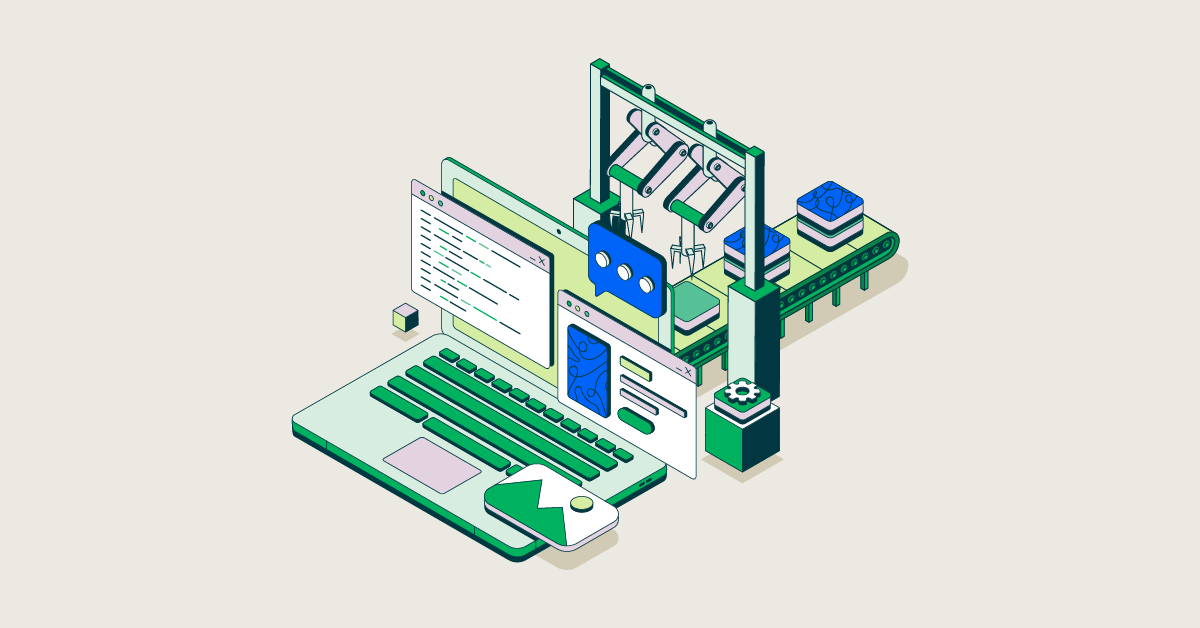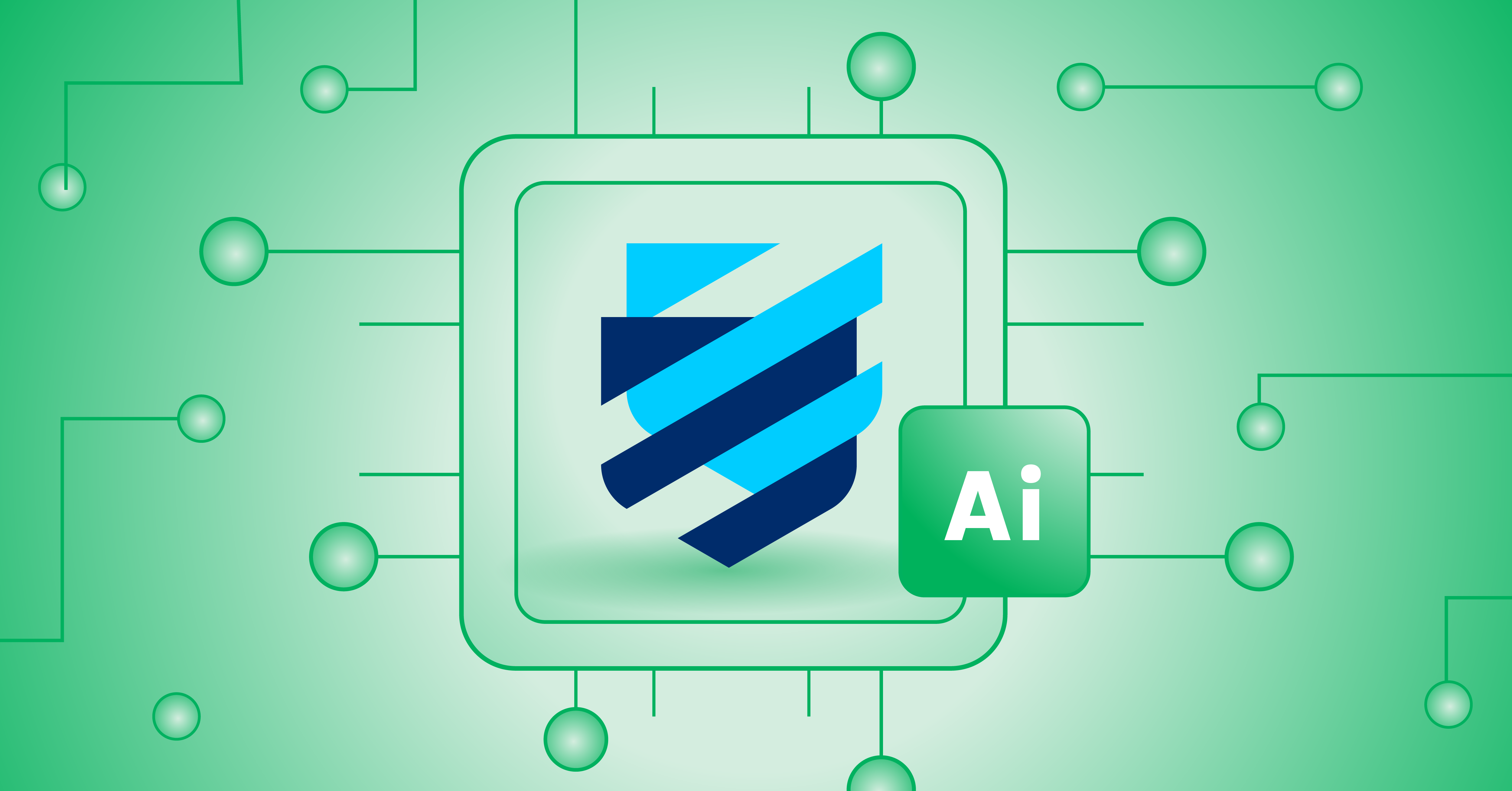- Aug. 20, 2024
- 4 min
B2B-Kundenportal in der Fertigungsindustrie: Der Weg zum überzeugenden Business Case
Magnolia in Aktion
Unser Expertenteam zeigt Ihnen live, was Magnolia für Sie leisten kann.
Jetzt Demo buchenVon traditionellen Herstellern bis hin zu Produzenten von Hightech-Lösungen konzentrieren sich die Unternehmen der Fertigungsindustrie zunehmend auf kundenorientierte Strategien, um ihr Wachstum zu fördern. Insbesondere arbeiten sie daran, reaktionsschnelle, personalisierte digitale Erfahrungen zu bieten, um Kunden zu gewinnen und zu binden. Gleichzeitig suchen viele jedoch nach Möglichkeiten, die betriebliche Effizienz zu steigern und die Kosten zu senken.
Die Einführung eines B2B-Kundenportals kann Ihrem Unternehmen helfen, diese Ziele zu erreichen. Diese Art von Portal kann einen strategischen Wert schaffen, der Sie von der Konkurrenz abhebt. Indem Sie ein bequemes, ansprechendes digitales Erlebnis für die Aufgabe von Bestellungen, den Zugriff auf Produktinformationen, Supportanfragen und vieles mehr bieten, können Sie neue Umsatzmöglichkeiten erschließen und gleichzeitig Prozesse rationalisieren.
Wie sollten Sie einen Business Case für ein B2B-Kundenportal erstellen? Die Untersuchung der wichtigsten Anwendungsfälle für die Verbesserung digitaler Erlebnisse, die Steigerung des Umsatzes und die Senkung der Kosten wird Ihnen helfen, die greifbaren geschäftlichen Vorteile zu erkennen, die ein Kundenportal bieten kann.
Bessere Kundenerlebnisse bieten
Durch die Bereitstellung einer einzigen Self-Service-Ressource für wichtige Informationen und Interaktionen kann ein B2B-Kundenportal das Kundenerlebnis verbessern. Ein Portal kann Kunden beispielsweise eine schnelle und einfache Möglichkeit bieten, detaillierte Produktinformationen zu finden - einschließlich technischer Daten, verwendeter Materialien, Anpassungsoptionen und Lieferanten, die Ersatzteile anbieten. Echtzeitinformationen über Produktverfügbarkeit, Produktionszeiten, Lagerbestände und Auftragsstatus können Kunden helfen, ihre eigenen Produktionspläne genau anzupassen. Bei Projekten, die eine Zusammenarbeit mit dem Kunden erfordern, kann das Portal auch Funktionen für den Austausch von Entwürfen, Projektplänen und Aktualisierungen enthalten.
Auch nach dem Verkauf kann ein Portal als zentrale Anlaufstelle dienen. Sie können technische Unterstützung und Informationen über Wartungspläne und Ersatzteilbestellungen direkt über das Portal anbieten. Und um Kunden und Partnern zu helfen, Ihr Produkt effektiver zu nutzen, können Sie das Portal nutzen, um Schulungsmaterialien, Lehrvideos und andere Ressourcen anzubieten.
Erschließen Sie neue Umsatzmöglichkeiten
Bessere Kundenerlebnisse können die Kundenzufriedenheit verbessern, die Kundenbindung erhöhen und neue Umsatzchancen eröffnen. Ein Portal kann zum Beispiel eine Reihe von Cross- und Upsell-Möglichkeiten bieten. Wir alle haben schon E-Commerce-Websites besucht, die uns auf der Grundlage unserer früheren Suchanfragen oder Einkäufe Produkte empfehlen. In ähnlicher Weise kann ein B2B-Kundenportal Zusatzprodukte, Ersatzteile oder Anpassungsoptionen vorschlagen.
Das Portal kann auch dazu beitragen, einmalige Käufe in wiederkehrende Einnahmen zu verwandeln. Sie könnten Serviceverträge oder vorausschauende Wartungspläne anbieten, die das Vertrauen der Kunden in Ihre Produkte stärken und gleichzeitig Einnahmen generieren. Um die Verwaltung des Kundenlebenszyklus zu verbessern, können Sie Kundenmitteilungen generieren, die neue Produktfunktionen ankündigen, Upgrade-Möglichkeiten präsentieren oder Wartungserinnerungen während der Lebensdauer eines Produkts bereitstellen.
Wenn Sie neue digitale Dienste einführen, bietet das Portal eine Möglichkeit, diese Dienste direkt für Kunden bereitzustellen. Ähnlich wie beim Angebot eines Serviceplans könnten Sie physische Produkte mit entsprechenden digitalen Dienstleistungen ergänzen, z. B. mit einer IoT-basierten Lösung für die vorausschauende Wartung eines Analysegeräts.
Bewerten Sie den ROI von B2B-Kundenportalen für die Fertigung
Erfahren Sie, wie ein B2B-Kundenportal als Werttreiber für die Fertigung dienen kann.
Kosten senken und Effizienz steigern
Portale bieten nicht nur die Möglichkeit, neue Einnahmen zu generieren, sondern können auch dazu beitragen, die Effizienz zu steigern und die Kosten für eine Reihe von kundenbezogenen Aktivitäten zu senken. In erster Linie können Sie teure Fehler vermeiden. Im Rahmen des Kundendienstes muss Ihr Unternehmen beispielsweise wichtige Informationen an den Kunden weitergeben. Wenn jedoch Informationen fehlen oder falsch sind, müssten Sie diese Fehler beheben und die Kosten dafür übernehmen. Ein Self-Service-Portal mit automatisierten Prozessen und direkten Links zu zentralisierten, genauen Informationen kann die Wahrscheinlichkeit solcher Fehler verringern und Ihnen helfen, kostspielige Korrekturen zu vermeiden.
Sie könnten Ihr Portal auch nutzen, um den Auftragseingang zu rationalisieren und die Produktionseffizienz zu verbessern. Ein Unternehmen erreichte eine 80 %ige Standardisierung der Produktionsprozesse durch die Einführung einer Selbstbedienungslösung zur Erstellung von Preisangeboten (CPQ) für Kunden. Das Unternehmen senkte nicht nur die Kosten, sondern verbesserte auch die Kundenzufriedenheit, indem es innerhalb von Minuten maßgeschneiderte Angebote erstellte.
Nachdem Kunden Produkte bestellt haben, kann das Portal helfen, kostspielige Lieferprobleme zu vermeiden. So können Sie beispielsweise fehlgeschlagene Zustellversuche vermeiden - und die Kosten für eine erneute Zustellung einsparen -, indem Sie Ihren Kunden die Möglichkeit geben, über das Portal ihre bevorzugte Zustellzeit und ihren bevorzugten Lieferort auszuwählen.
Und schließlich kann Ihr Kundenportal die Aufnahme von Kundendienstanfragen vereinfachen, indem es jede neue Serviceanfrage triagiert und sie an die richtige Abteilung weiterleitet. Auf diese Weise können Sie Probleme schneller und effizienter lösen, was sowohl Geld spart als auch die Kundenzufriedenheit erhöht.
Beginnen Sie mit der Ausarbeitung Ihres Business Case für ein B2B-Kundenportal
Ein Kundenportal kann eine wichtige Rolle bei der Bewältigung von zwei wichtigen Prioritäten spielen: Steigerung der Einnahmen und Senkung der Kosten. Sie können das Kundenerlebnis verbessern, Zusatzverkäufe generieren und Prozesse vereinfachen, indem Sie eine einzige, bequeme Möglichkeit zur Information und Interaktion mit Kunden einführen. Der Business Case für die Implementierung sollte mit einem Verständnis dieser Anwendungsfälle und Vorteile beginnen und dann mit einer gründlichen Bewertung der potenziellen Investitionsrendite fortgesetzt werden.
Erfahren Sie mehr darüber, wie Sie den Business Case für ein B2B-Kundenportal erstellen und wie Sie Ihre Investitionsrendite bewerten können. Lesen Sie das Whitepaper "Bewertung des ROI von B2B-Portalen für die Fertigung".









